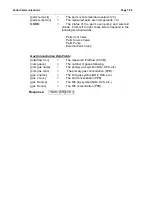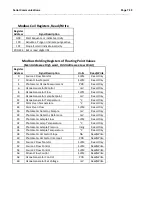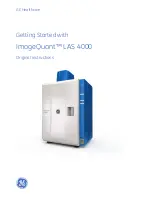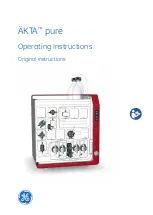
Serial Communications
Page 7-17
_________________________________________________________________
Following are descriptions of the two data verification methods
available. More details regarding the calculation of these
methods, along with C source code, can be found in the
Mistic
Protocol User’s Guide,
a document published by Opto 22. This
document can be downloaded from Opto 22’s web site on the
Internet at http://www.opto22.com.
Two Byte Hex Checksum
The checksum is calculated by summing the
decimal values of all preceding ASCII
characters in the command, excluding the
"@" start of command character. The sum
is then divided by 256 and the integer
remainder is converted to two hex digits.
For example:
@P,0010D<cr>
is a valid command to activate a purge
cycle.
The
checksum
(0D
hex)
is
calculated as follows:
ASCII characters:
P , 0 0 1
Value of characters:
80 + 44 + 48 + 48 + 49 = 269
Where 269/256 = 1 with a remainder of 13
(0D hex).
Four Byte Hex CRC
The checksum method of data verification
is simple to implement, however it is
possible for data to be altered without
affecting the checksum; for example if
there are two complementary errors in the
data.
The cyclical redundancy check, or CRC,
provides a more secure form of error
checking. If the CRC method of data
verification is chosen, the Model
2010D
will calculate a 16 bit CRC using the
CCITT method, which uses the following
polynomial:
X
16
+ X
12
+ X
5
+ 1
(With a starting value set to 0).
Summary of Contents for 2010D
Page 1: ...MODEL 2010D GAS DILUTION CALIBRATOR OPERATIONS MANUAL I N S T R U M E N T S...
Page 3: ......
Page 20: ...System Operations Page 3 2 Figure 3 1 The Model 2010D Front Panel...
Page 42: ...Installation Page 4 15 Figure 4 1 Rear Panel...
Page 63: ...Operation Page 5 7 Figure 5 5 The Dilution Status Screen Figure 5 6 The Ozone Status Screen...
Page 177: ...MODEL 2010D GAS DILUTION CALIBRATOR SCHEMATICS...
Page 178: ......
















































